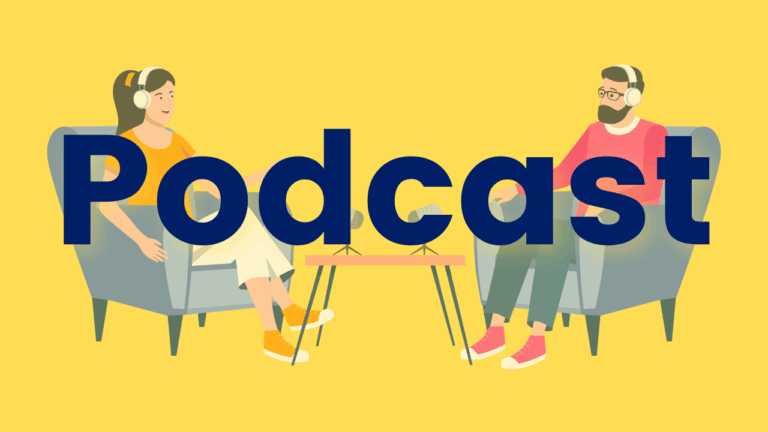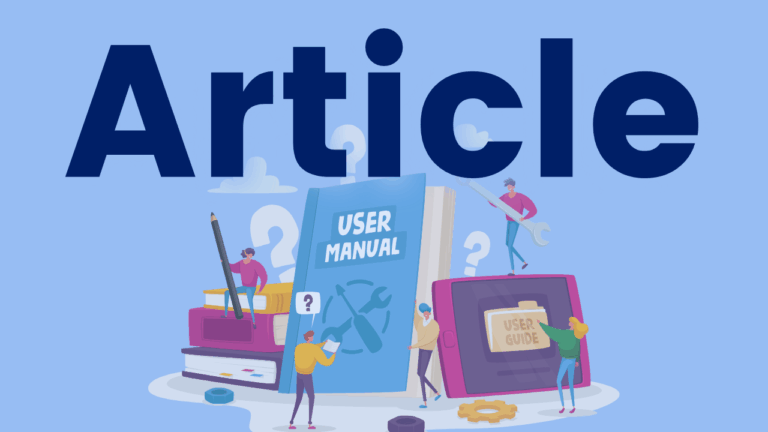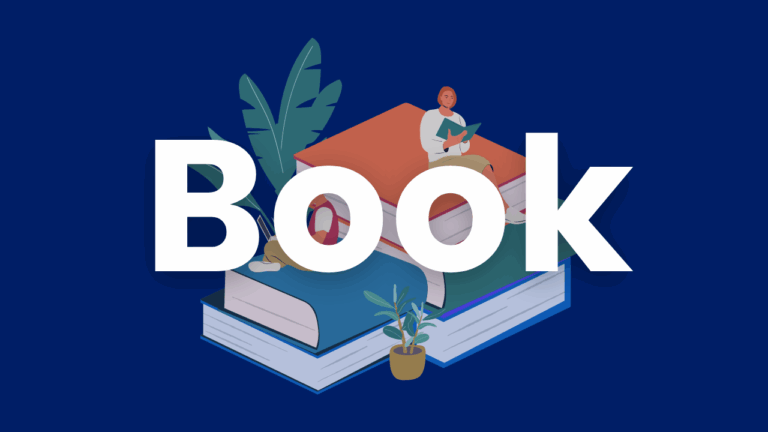This PaTTAN webinar, “Teaching Spelling to Intermediate Poor Spellers: It’s Never Too Late,” with Dr. Louisa Moats, discusses explicit, structured language teaching for grades 3-5 students who struggle with spelling. Dr. Moats emphasizes understanding English orthography through five lenses: the language of origin, grapheme-phoneme correspondences, arbitrary letter order and sequence patterns, and morphology. She presents a case study of a dyslexic sixth-grade student and identifies phonological challenges and the need for instruction in advanced orthographic patterns and morphological structures. Poor phonology can hinder spelling, making the orthographic mapping process problematic. Dr. Moats suggests weaving phonological, orthographic, morphological, and syntactic layers together in instruction and providing practice for generalization. The webinar offers examples of lessons and activities to support struggling spellers, aiming to develop their spelling skills effectively.




